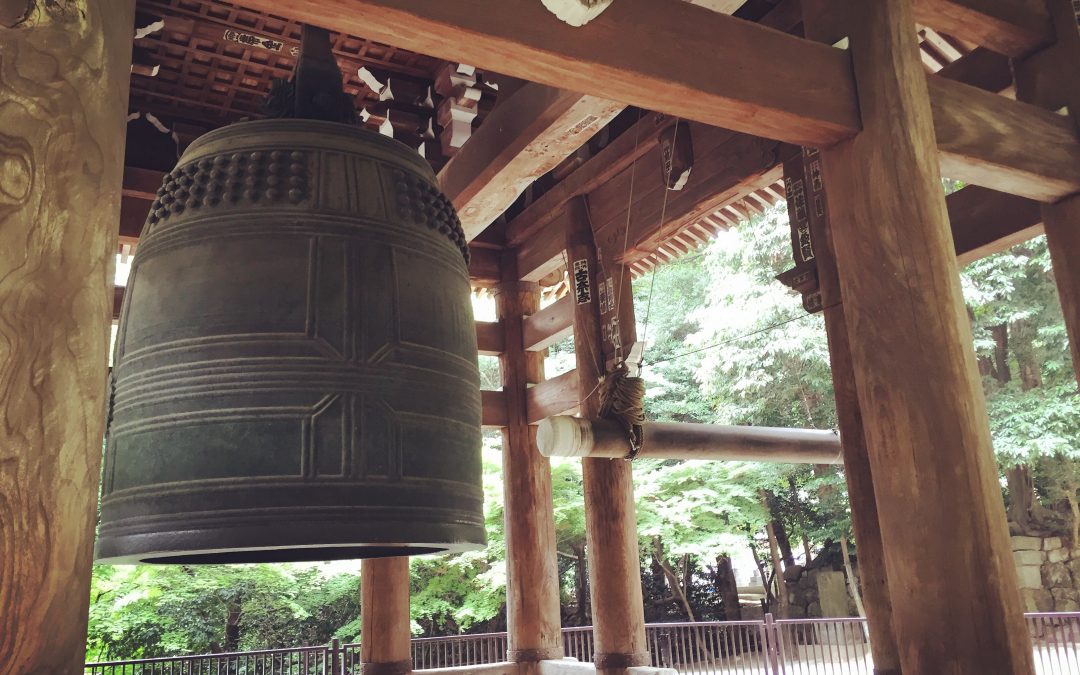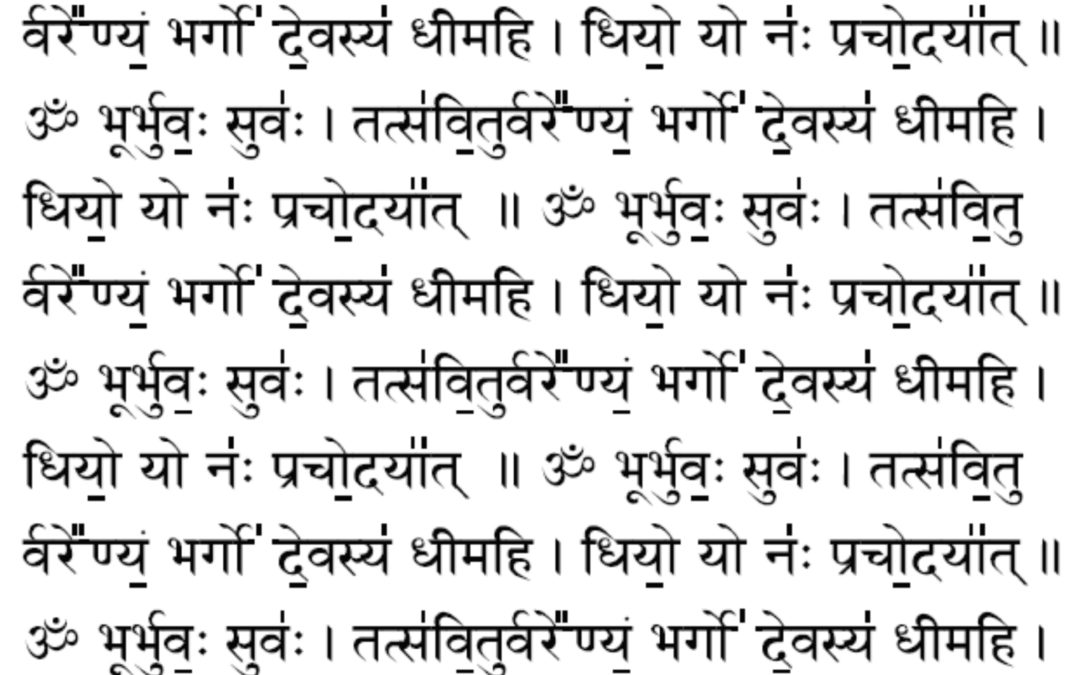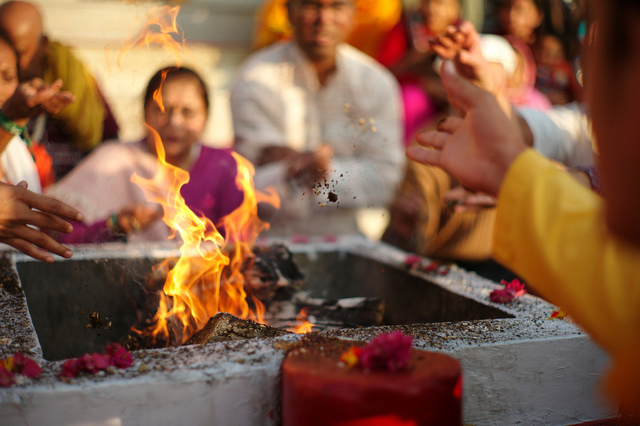A Guided Meditation Led by Melissa Goodwin Melissa fell in love with yoga at the age of 10, when she and her mother attended a community yoga class. She is grateful to have found her long-time teachers, Tias and Surya Little, when she moved to Santa Fe, New Mexico in...
New to Yoga
Practices
Yoga in Your Daily Life
Yoga Beyond Asana
Sister Sciences »
Our Sangha »
Yoga Beyond Asana

Mindfulness Meditation
Many of us live our lives as if on autopilot, constantly being destabilized and reacting to what we encounter. The practices of mindfulness and meditation are powerful tools that change our relationship to what we encounter in life, providing a window of opportunity between stimulus and response. What we discover in that space is our ability to reduce our own stress, to pay closer attention while appreciating the fullness and richness of life, and to develop good will for ourselves and others.

The Eighth Limb of Yoga: Samadhi
In the practice of yoga, each limb builds upon the last, guiding us toward greater self-awareness, spiritual connection, and inner peace. The eighth and final limb, samadhi, represents the culmination of this journey, a state in which the meditator becomes one with the object of meditation. This realization is not something we can simply grasp through thought—it is an experience beyond words, one that cannot be explained but only felt.

The Seventh Limb of Yoga: Dhyana
Dhyana, the seventh limb of yoga, is often referred to as meditation. Building on the foundation of dharana, the sixth limb, it can be thought of as the uninterrupted flow of concentration. While dharana focuses on one-pointed attention, dhyana takes this practice a step further by maintaining that focus for extended periods. When the mind is fully absorbed in an object, without distraction, this is dhyana.

The Sixth Limb of Yoga: Dharana
Dharana is the sixth limb of Patanjali’s Eight Limbs of Yoga, and it marks the stage of one-pointed concentration. At this point, the mind is trained to focus steadily on a single object, free from distraction. While this might sound like meditation, it is actually the foundation for the deeper practices of dhyana (meditation) and samadhi (enlightenment). Dharana is about developing the skill of sustained concentration, which allows us to move toward the higher, more effortless states of mental absorption and unity with the object of focus.

The Fifth Limb of Yoga: Pratyahara
Pratyahara, the fifth limb of yoga, invites us into the quieter, more subtle aspects of our practice. Often translated as “withdrawal of the senses,” pratyahara asks us to look inward, beyond the constant pull of external distractions, and cultivate a deep sense of stillness. It is about muting the senses—learning to quiet the constant stream of external stimuli that often pulls our attention away from the present moment.

The Fourth Limb of Yoga: Pranayama (Plus an Introduction to Ujjayi)
Pranayama is a vital aspect of yoga practice, bridging the physical postures of asana and the inner stillness of meditation. As the fourth limb of yoga, pranayama follows asana for good reason: asana prepares the body for pranayama. While asana is often associated with movement and strength, pranayama requires stillness and a calm, focused mind.
The Art of Self Practice: Why Are You Here?
By Jennifer French I often reflect on how fortunate I am to be on this yogic path. It has provided me with tools and skills that help keep me afloat when the day to day challenges of life get even more challenging. It’s a blessing to have mentors to go to, teachers...
Sankhya Philosophy
by Gwen Burdick The dualistic theory of creation or causation is called Sankhya Philosophy and it appears in texts as ancient as the Upanishads and the Bhagavad Gita. Its founder was the sage Kapila who is considered by scholars to be older than Buddha. It is also the...

The Gayatri Mantra
The Gayatri mantra, the most ancient of the mantras found in the Rig Veda, is considered to be the mother of the Vedas. The sound “gai” in Sanskrit means sing and “trai” means protect. Gayatri therefore translates to “she who protects the singer.” The practice of the Gayatri mantra allowed the Rishis, or seers, to receive the revelation of all other mantras.

The Maha Mrityunjaya Mantra
The practice of the Maha Mrityunjaya mantra sends forth vibrations from body to mind to soul. It awakens the internal healing forces and Nature’s healing forces together so that we may receive the full nourishment of any discipline undertaken for well-being. Strengthening the powers of will, knowledge and action, it unblocks the flow of courage and determination.
The Four Purusharthas: Moksha
The Fourth Aim: Moksha Our investigation of the four Purusharthas, or aims of life in the Vedic tradition, concludes with Moksha, which means release, liberation or self-realization. The harmonious interactions of the first three aims, Dharma, Artha and Kama, are the...
The Four Purusharthas: Kama
The Third Aim: Kama As our investigation of the Purusharthas continues, we come to the third aim, Kama, which means longing, wish, or desire. Kama pertains to the enjoyment of life and needs to be in balance with Dharma (duty) and Artha (means) if we are to experience...
The Four Purusharthas: Artha
The Second Aim: Artha The second Purushartha or aim of human existence as described in the Vedic texts is Artha, which means "wealth," "means" or "goal" in Sanskrit. Artha is kept in check by Dharma. The Purursharthas are not to be considered in a stand-alone fashion....
The Four Purusharthas: Dharma
The First Aim: Dharma The regulating moral principles of the Universe are described in the ancient Vedic texts to be the four Purusharthas, ususally translated as "aims of human existence." Specifically, they are defined as Dharma (duty), Artha (wealth), Kama...
Sankalpa and the Power of Mars
By Gwen Burdick In Yogic philosophy, when the intention of the heart and intention of the mind merge with resolve and determination in search of Truth, we have what is called Sankalpa in Sanskrit, or solemn vow. “Kalpa” means vow and “san” means truth. It refers to...

The Transformative Value of Fire Ceremony
For centuries, fires have been used by ancient and native cultures around the world to create ceremonies. Fire, or Agni in Sanskrit, is a transformational force of purification and creation, and indigenous cultures have been infusing this sacred element with prayers, reverence, and intention as a means to connect with the Divine. Specifically in the Peruvian tradition, fire ceremonies have been used throughout the ages as a means of ritual, celebration and connection with the Universe because of their potent form of prayer.

The Vedic Fire Ceremony
Fire, or Agni in Sanskrit, is one of the five basic elements of creation. It dominates the Pitta dosha of Ayurveda. In its highest expression, Agni is the source of self-discipline, purification and transformation.
The Myth of RAHU and KETU: the Lunar Nodes
In Vedic Astrology, Rahu and Ketu are the important Lunar Nodes. Unlike the seven visible planets, Grahas in Sanskrit, they are massless yet potent mathematical points in space, sometimes referred to as the shadow planets. Our solar system is structured such that it...
Navrati: The Nine Nights of the Goddesses
October 9th - 18th, 2018 by Gwen Burdick Navratri, a nine night-long celebration of the Divine Feminine, occurs every year on the New Moon in the Vedic month of Ashwin (usually our September, but not always) near the autumnal equinox. Worship of the Goddesses Durga,...
